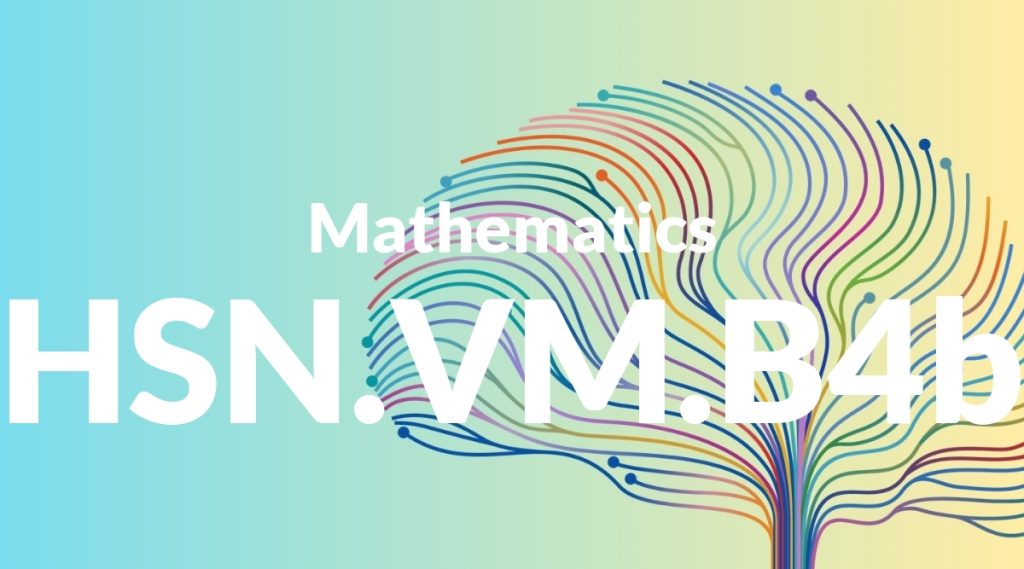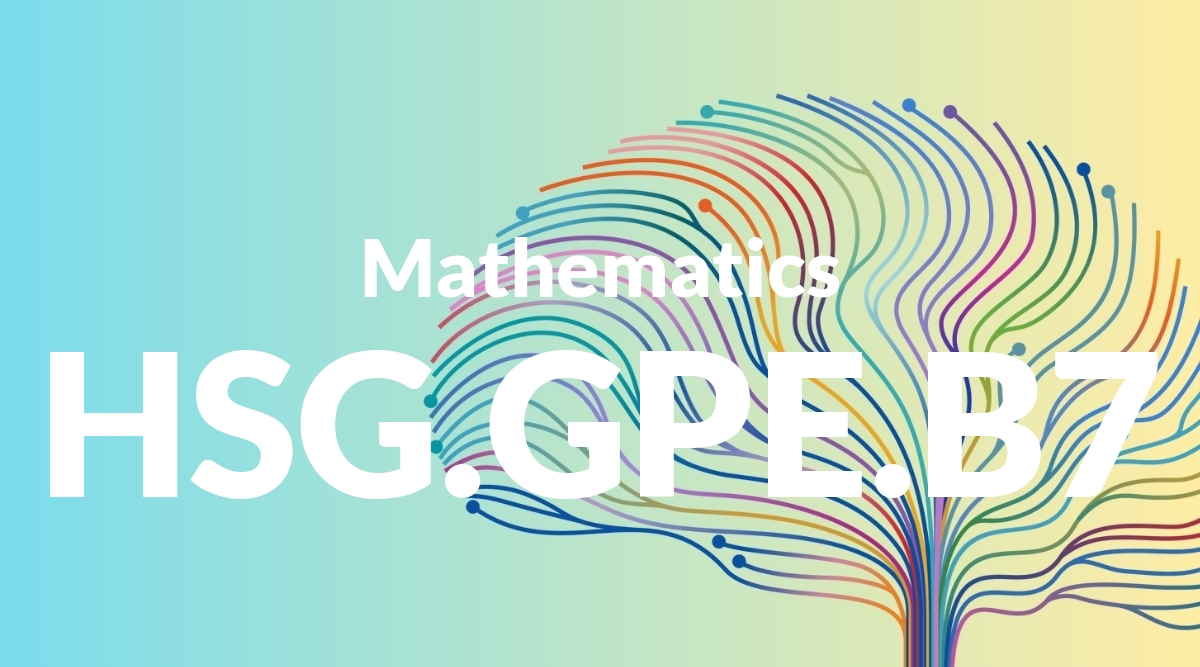Standard: HSN.VM.B4b – Given two vectors in magnitude and direction form, determine the magnitude and direction of their sum.
Grade level: High School: Number and Quantity
Subject: Mathematics
Domain: Vector & Matrix Quantities
Teacher Overview
This standard focuses on the addition of vectors in magnitude and direction form, a fundamental skill in various fields such as physics and engineering. Understanding vector addition is crucial for solving real-world problems involving forces, motion, and other vector quantities. Ensure students have a solid grasp of basic vector properties and trigonometric functions, as these are essential for understanding vector addition.
After mastering this standard, students will be equipped to tackle more complex vector operations and apply these skills in various scientific and engineering contexts.
Common Misconception 1
A common misconception is that vector addition is the same as scalar addition. This is incorrect because vectors have both magnitude and direction, making their addition more complex.
Intervention 1
To address this, use visual aids and vector diagrams to demonstrate how vectors are added graphically, reinforcing the difference between scalar and vector addition.
Common Misconception 2
Another misconception is that students may add the magnitudes of vectors without considering their directions. This leads to incorrect results because the direction of each vector significantly affects the resultant vector.
Intervention 2
Practice problems that require step-by-step vector addition, emphasizing the role of direction, can help clarify this concept. Use real-world examples to illustrate the importance of direction.
Prerequisite Knowledge
Students should understand basic vector concepts, including magnitude and direction, and be comfortable with trigonometric functions such as sine, cosine, and tangent.
Subsequent Knowledge
Students will develop skills in more complex vector operations, such as dot products and cross products, and apply these in fields like physics, engineering, and computer science.
Instructional Activities
- Use graph paper to draw and add vectors visually.
- Interactive simulations to explore vector addition.
- Group activities where students solve real-world problems using vector addition.
- Worksheets with step-by-step vector addition problems.
- Class discussions on the applications of vector addition in different fields.




